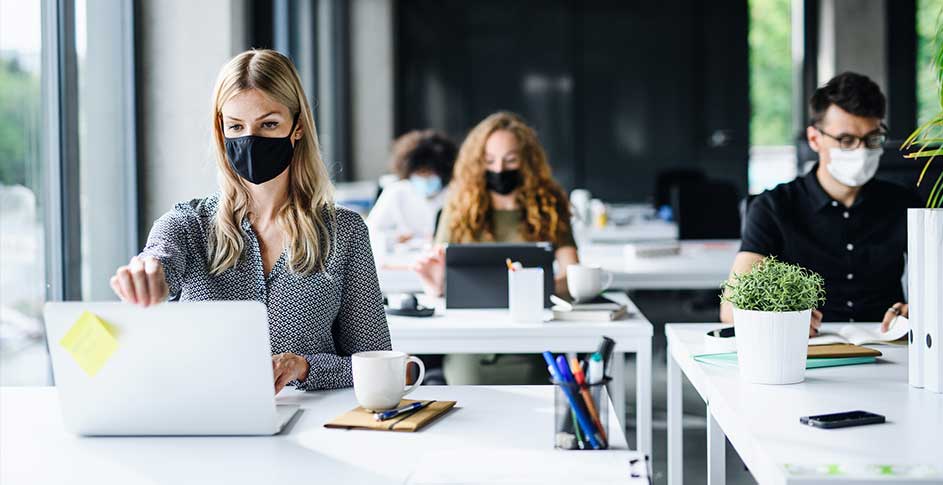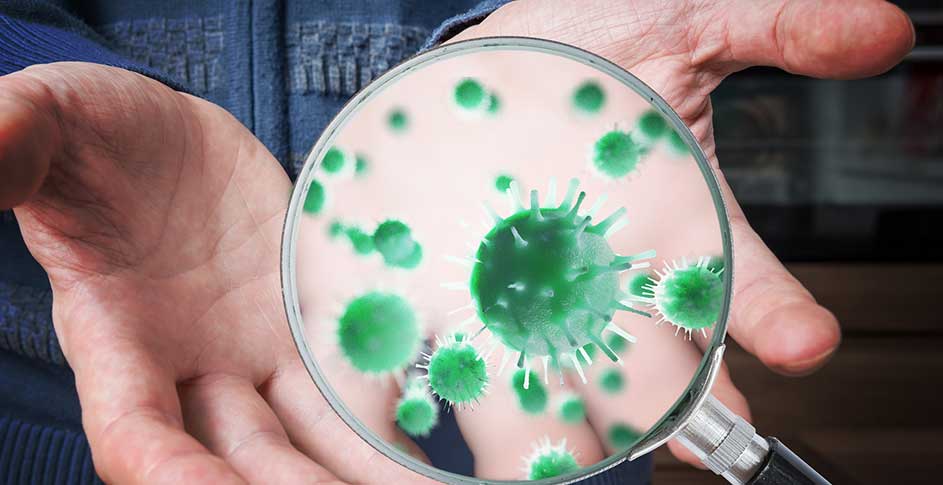The discourse surrounding COVID-19 has been evolving, and with it, the guidelines that shape our public health response. While many of us have focused on the immediate threats of the virus, an emerging concern is the phenomenon known as 'Long COVID’ —a series of complications that persist long after the acute phase of infection has passed. The recent update to CDC guidelines has shifted the focus from strict COVID-19 protocols to a broader approach towards respiratory illnesses. While this signifies a step towards normalcy, it’s crucial to address the lingering threat of Long COVID and its potential risks in this new landscape.
Cause, Diagnosis, and Treatment of Long COVID
The exact cause of Long COVID is still unknown, but researchers believe it to be a combination of factors resulting from COVID-19 infection. These factors may include: damage to the lung, heart, and blood vessels; residual virus that triggers an ongoing immune response leading to inflammation and tissue damage; autoimmune response wherein the immune system mistakenly attacks healthy tissue and organs in its fight against the virus. Underlying health conditions such as obesity, diabetes, or autoimmune disease might increase the risk of Long COVID.
Diagnosing Long COVID is a challenge because there is not yet a single definitive test. Doctors rely on a combination of factors to make a diagnosis, including a person’s medical history, current symptoms, and a physical examination. It is also important to rule out other conditions which may present overlapping symptoms. Doctors might order blood tests, chest X-rays, or other tests to rule out these possibilities.
There is no cure for Long COVID, but treatments may help manage the symptoms. Doctors can develop a personalized care plan to manage symptoms and improve quality of life. Treatment may include medication to manage cough, pain, or sleep problems; physical or occupational therapy to help regain strength and improve endurance; cognitive rehabilitation to address brain fog, memory issues, and concentration issues; mental health support to help manage anxiety and depression. As our understanding of Long COVID and its risks and treatments evolve, continued vigilance against contracting COVID-19 is advised.
Navigating the New CDC Landscape: The Unspoken Risks
On March 1, 2024 the Centers for Disease Control (CDC) released updated guidelines that shifted its approach to COVID-19, moving away from COVID-centric guidelines and integrating it into a broader strategy for managing respiratory viruses. Despite the continued prevalence of Long COVID and its associated risks, the CDC’s new standards significantly roll back precautionary measures to avoid disease transmission. Previous guidance mandated people who test positive for the virus isolate for five days; the new guidance encourages people to return to work or school once symptoms are improving and they have been without fever for just 24 hours.
Where the CDC previously issued specific recommendations focused on COVID-19 prevention, the new guidelines group COVID prevention with that of the flu and RSV. Those experiencing symptoms, many of which are similar across COVID, the flu, and RSV, are now encouraged to assess their own risk and take precautions based on their health, placing more responsibility on the individual. Widespread testing is now encouraged for high-risk groups such as the elderly and immunocompromised.
These updates place a huge amount of responsibility on the individual, relying on their self-assessment and discernment to judge their own risks and those they may pose to their communities should they be ill. The directive to reintegrate into societal rhythms post-infection could inadvertently spur a new wave of COVID-19 and resulting Long COVID cases. This shift may inadvertently imperil those unaware of their heightened susceptibility or unable to advocate for their health needs.
The updated guidance under-emphasizes the insidious threat of Long COVID, the impacts of which could affect large swaths of the population for months or years to come. Without specific guidelines addressing Long COVID diagnosis and management, there's a potential for these symptoms to be underestimated or worse, ignored, by individuals and healthcare professionals alike.
A Call to Action
While the CDC's streamlined approach embodies the desire for a return to normalcy, we must not lose sight of the silent but significant portion of our community still vulnerable to the disease and its lingering symptoms.
It's incumbent upon us as a society, as healthcare providers, and as advocates for public health to not only acknowledge Long COVID but also to champion robust strategies to support those affected. This includes dedicated research, specialized care frameworks, and articulated public health messaging that addresses Long COVID with the attention it necessitates.
Focusing on prevention through general practices that help prevent the spread of respiratory viruses will go a long way to mitigate spread and the risk of contracting illness. These practices include staying up-to-date on flu and COVID-19 vaccinations and practicing good hygiene such as hand washing and covering coughs.
Improving air quality through measures such as ventilation and air filtration can help reduce the spread of COVID-19 and potentially lessen the risk of Long COVID by lowering the amount of airborne virus particles people breathe in. This reduces the initial viral load, which could lead to a milder infection and potentially decrease the chance of the virus lingering or causing long-term damage in the body. ActivePure’s line of active air purification units, which have been proven effective at deactivating over 99% of airborne and surface viruses including COVID-19, are a layer of protection against the spread of respiratory viruses and their long-lasting side effects. The Aerus Pure & Clean with ActivePure Technology was proven to neutralize 99.9% of the airborne COVID virus in one minute in an enclosed space. Our air quality experts can help you integrate ActivePure Technology into your home or business seamlessly for an added layer of protection and peace of mind.



